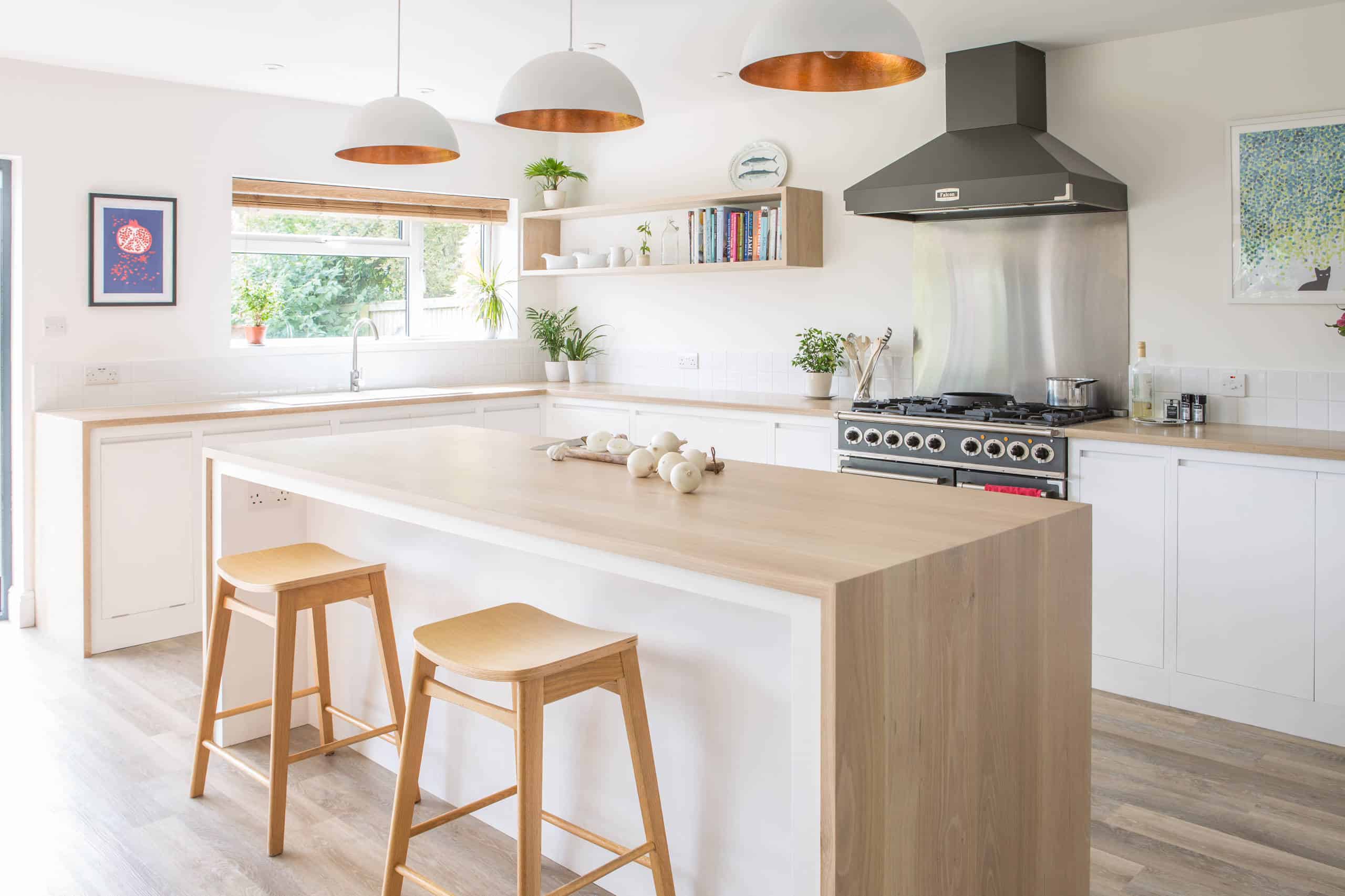Table of Content
44% of buyers looking for new construction properties found and bought the home they wanted by using internet listings. Zillow receives almost 500 million page views per month, while Trulia receives about 300 million page views per month. Since 2008, median home prices have risen in the United States by more than 11%. At the same time, the demand index for housing has risen from 83.1 to 127. In the decade after World War Two, swathes of new homes were needed across bomb-torn Britain and the pre-fab was born. Around 70,000 bungalows were built under the Temporary Housing Programme over the ensuing decade using aluminium alloys.

Prefabricating all of the necessary components of a pre-designed and engineered plan off-site meant faster assembly for the builder when the materials arrived. At this point in time, the name of the game was efficiency above all else. In the future, smart homes and buildings which are authentically green will probably be built more often than designs which are not as "green" and this is a good thing. As you can see, the history of buildings and homes is really as old as time itself.
Tools
Speaking of computing, one major advance has been construction management software. When homes are being built, there are so many things to keep track of, monitor, and plan for. Different materials need to arrive at the right time for different jobs, much like needing different contractors for plumbing, electrics, etc. If you look back around 100 years, homes were built very differently. They echoed a Greek architectural style, with above-ground foundations and no reinforcements.

Every day, new materials are discovered or invented, but how did it begin? Today, we discuss the history of building and construction materials. Homebuilding industry professionals are involved in the construction of single-family homes, prefabricated homes, and mobile homes. Much of the industry tends to centralize operations through specialized contractors.
Introducing The Great Library Project
At first, these homes were designed for efficiency and cheapness, allowing construction teams to repeat a simple process and build homes very quickly. This sort of idea was seen all over the US and Europe after the war, mainly for cost-cutting and mass production purposes. He would then sum up his appraisal by declaring to all who would listen that the house was either a fantastic buy or an overpriced dump. Like wood, concrete also comes with some benefits and a few drawbacks.

Just as the industry is changing, the Home Builders Association is changing to meet the demands of the industry for another 50 years. While programs like industry representation in government remain a core mission of the Association, new programs like the Approved Professional Builder program have been added. Our Association is even advocating that the professionals in our industry make continuing education mandatory.
Market research report - table of contents
Bronze is an alloy made when tin is added to copper, and brass is copper with zinc. Copper came into use before 5,000 BC and bronze around 3,100 BC, although the times vary by region. Copper and bronze were used for the same types of tools as stone such as axes and chisels, but the new, less brittle, more durable material cut better. Other uses of copper and bronze were to "harden" the cutting edge of tools such as the Egyptians using copper and bronze points for working soft stone including quarrying blocks and making rock-cut architecture. These are the main ways that the process of building homes has changed over the last few decades. With such rapid advances in technology, there are sure to be some more fast developments in the way our homes are built.

An increasing amount of ironwork was used in roof carpentry for straps and tension members. The screw-threaded bolt could be made and are found in clockmaking in this period, but they were labour-intensive and thus not used on large structures. Stone, where available, remained the material of choice for prestige buildings. A list of the longest, highest and deepest Roman structures can be found in the List of ancient architectural records. Roman building ingenuity extended over bridges, aqueducts, and covered amphitheatres.
Reasons to Be Bullish on the Homebuilding Industry
This launched the industry and changed the way buildings are constructed. Builders use timber to create everything from modest buildings to imposing structures, and it is one of the longest-standing building materials known to man dating back over 10,000 years. Timber has shaped the way we live, and its history dates back to the Roman period and constructs everything from awe-inspiring high rises to the most stunning Chinese temples. New technology, like better construction cranes, have allowed modular buildings to be built bigger, taller, and in many designs. Units can be shipped across the country and can be put together on-site in a matter of days. In fact, in 2003, a McDonald's restaurant was constructed in arecord 13 hours.
The Romans brought concrete construction to Britain and jointing mortar that was so strong that walls became an almost monolithic mass. I’ll steal this quote from Warren Buffett, an investor who also showed interest in the homebuilding industry when his Berkshire Hathaway purchased Clayton Homes in 2003. Where delivery of the home can take anywhere between 2-3 years, in the meantime a customer could cancel the contract due to an inability to get financing, a job loss, or anything of that nature.
HBI is founded when NAHB merges its Manpower Development & Training Department, Education Department and Education Foundation to create the non-profit corporation. HBI has been training and educating America’s home construction workforce for decades. Our proven business model has helped countless individuals create long-term career opportunities. Over the years we have continued to build out our program offering and expand our footprint in the construction industry.
The Romans substituted bronze for wood in the roof truss of the Pantheon's portico which was commissioned between 27 BC and 14 AD. The bronze trusses were unique but in 1625 Pope Urban VIII had the trusses replaced with wood and melted the bronze down for other uses. Detail of the Ishtar Gate showing the exceptionally fine glazed brickwork of the later period. Civil Site Plans, Architectural Drawings and Specifications comprise the document set needed to construct a new home. Specifications consist of a precise description of the materials to be used in construction. Specifications are typically organized by each trade required to construct a home.
They serve as support materials to structures, yet they can be very toxic when inhaled. However, researchers are investigating green methods to make concrete more friendly for the environmentand increase its strength while absorbing carbon iv oxide. In 2017, 52% of buyers interested in homes offered by the homebuilding industry were classified as first-time buyers.
This imbalance on both the supply and demand side caused homebuilders to take heavy losses in that time period, but you wonder if it was more of a supply problem than demand. What we saw in 2020 was an outside factor which temporarily tilted the supply and demand dynamic of buyers and sellers, despite an increase in total inventory compared to households. In the case of residential real estate, the more houses that exist the less demand for new homes, in general. Let’s dig into all of the major factors which drive the profitability and growth of the homebuilding industry, starting at the macroeconomic level and then moving to the micro side.
The history ofHouse building
During the mid to late 1900s, the entire prefab industry began to make some significant changes. United States veterans were returning from World War II, and the housing market grew at an incredible rate. This incentivized home builders to start looking for options to streamline their process in order to fulfill demand at a faster pace.
While all homes and buildings today aren't smart designs, many of them have at least some smart elements, such as energy-conscious heating and cooling systems. The history of buildings and homes really dates back to prehistoric times, when human beings needed shelter as much as people do now. No timber structures survive (roofs, floors etc.), so knowledge of how these were put together is limited. The spans are, in the main, limited and suggest very simple beam and post structures spanning stone walls. For the longer spans, it is uncertain if the Greeks or Romans invented the truss but the Romans certainly used timber roof trusses. Before 650 B.C.E. the now famous ancient Greek temples were built of wood, but after this date began to be built of stone.

No comments:
Post a Comment